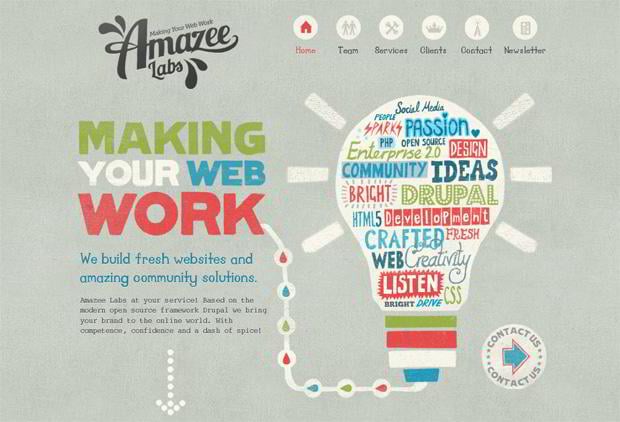Fascinated In Learning How Internet Site Layout Has Altered Throughout The Years? Discover The Progression From Standard, Simple Designs To User-Centered Methods That Focus On The Requirements And Choices Of On The Internet Visitors
Fascinated In Learning How Internet Site Layout Has Altered Throughout The Years? Discover The Progression From Standard, Simple Designs To User-Centered Methods That Focus On The Requirements And Choices Of On The Internet Visitors
Blog Article
Short Article Author-Asmussen Harding
In the past, internet sites were basic and concentrated on details. Navigating was straight, and style was for desktops. Currently, individual experience is essential. Information overviews styles for easy navigating. Responsive formats match different devices. Today, dark setting minimizes pressure, and minimal menus boost navigation. Interactive functions engage customers, and strong visuals stand apart. AI assimilation increases interaction. See just how style has developed to improve your online journey.
Very Early Days of Website Design
In the early days of web design, simpleness preponderated. Web sites were basic, with limited colors, fonts, and designs. The emphasis got on providing details instead of flashy visuals. Customers accessed the net with sluggish dial-up links, so speed and capability were essential.
Navigating menus were straightforward, generally situated on top or side of the web page. Internet sites were developed for desktop, as mobile browsing had not been yet prevalent. Content was king, and developers focused on simple readability over intricate design components.
HTML was the key coding language made use of, and developers had to function within its restrictions. Computer animations and interactive functions were marginal compared to today's criteria. Sites were fixed, with little dynamic web content or individualized user experiences.
Rise of User-Focused Style
With the advancement of site layout, a change in the direction of user-focused layout concepts has come to be progressively famous. Today, developing web sites that focus on customer experience is important for involving visitors and attaining company objectives. User-focused layout involves understanding the needs, preferences, and actions of your target market to tailor the site's format, content, and features appropriately.
https://cashxrjcu.develop-blog.com/36216348/open-the-secrets-of-social-media-site-marketing-proven-methods-for-success carry out complete research, such as user surveys and use testing, to gather understandings and responses directly from users. https://www.searchenginejournal.com/google-shares-seo-tips-for-single-page-apps/384100/ -driven strategy assists in developing intuitive navigation, clear calls-to-action, and visually attractive user interfaces that resonate with visitors. By putting the customer at the facility of the layout process, sites can deliver a more individualized and delightful experience.
Receptive layout has actually additionally become a crucial aspect of user-focused design, making certain that websites are maximized for various gadgets and screen sizes. This versatility improves accessibility and use, accommodating the diverse means customers interact with websites today. Essentially, the rise of user-focused style signifies a change in the direction of creating digital experiences that focus on the requirements and assumptions of the end individual.
Modern Trends in Web Design
Check out the current fads shaping website design today. One prominent pattern is dark mode design, providing a smooth and modern look while decreasing eye stress in low-light environments. An additional key pattern is minimal navigating, streamlining food selections and improving user experience by focusing on essential elements. Incorporating micro-interactions, such as animated switches or scrolling results, can create an extra appealing and interactive internet site. Receptive layout continues to be essential, ensuring seamless individual experiences across different gadgets. Additionally, using bold typography and asymmetrical designs can include visual rate of interest and accentuate particular material.
Incorporating AI innovation, like chatbots for client assistance or individualized suggestions, improves customer interaction and simplifies processes. Access has likewise end up being a significant pattern, with developers focusing on comprehensive design methods to accommodate diverse individual needs. Welcoming sustainability by enhancing internet site efficiency for speed and efficiency is an additional emerging fad in website design. Collaborating with user responses and data analytics to iterate and enhance layout continuously is crucial for staying appropriate in the ever-evolving digital landscape. By accepting creative website design , you can create an aesthetically enticing, user-friendly web site that resonates with your audience.
Conclusion
As you reflect on the evolution of internet site style from the early days to currently, you can see exactly how user-focused style has actually ended up being the driving pressure behind contemporary fads.
Welcome the trip of adjustment and adaptation in web design, constantly maintaining the customer experience at the center.
Remain existing with the current trends and innovations, and never ever stop evolving your method to develop aesthetically stunning and easy to use sites.
Advance, adjust, and produce - the future of website design remains in your hands.
